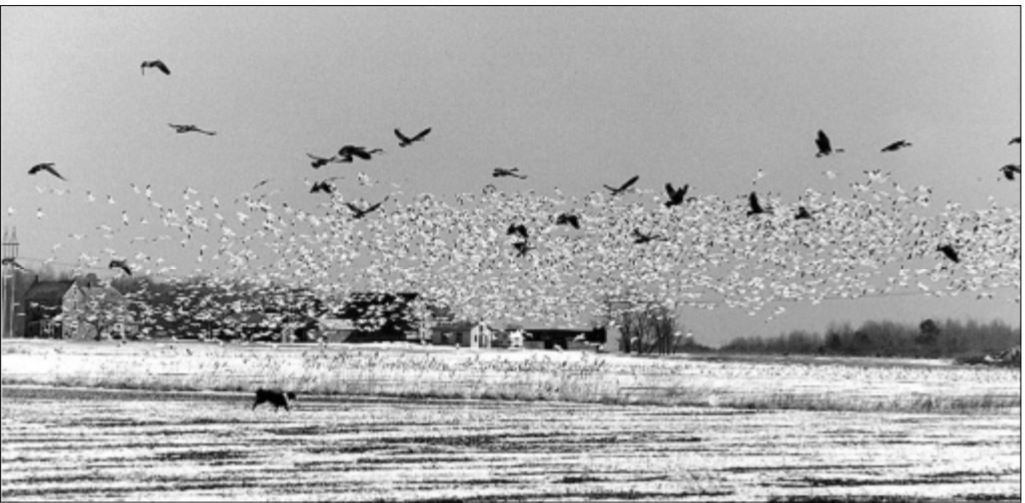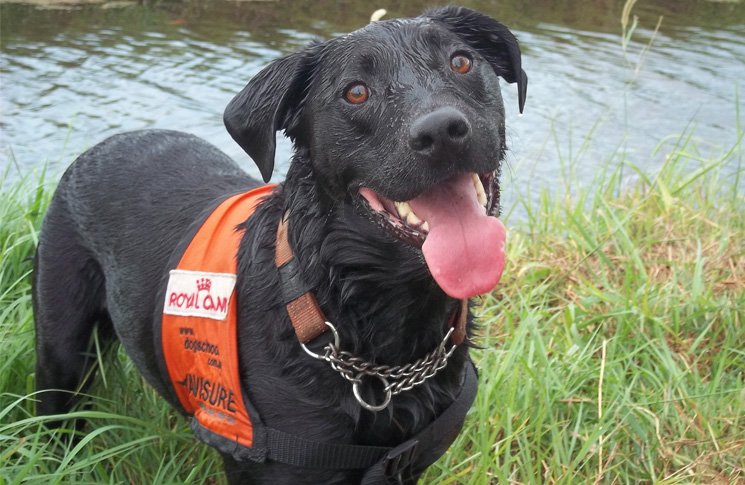There’s a very effective wildlife hazard management tool available to airports, but one not widely known—the ‘K9’. While ‘K9s’ have been around humans for centuries—dogs appeared in early cave paintings around the world—it was in the twentieth century that they began to play a significant role in airport aviation safety. In 1998, dogs’ herding and hunting skills came to the fore when they were first used at a US airport for wildlife dispersal.
In a program developed by Dr Nicholas Carter, Southwest Florida International Airport trialled the use of a border collie with resounding success. From January to September 1998, the airport suffered 13 birdstrikes; with the introduction of a two-year-old border collie Jet, to disperse birds, in the same period in 1999, there were zero strikes.
US Air Force base, Dover, had even greater success in 2000, when it became the first US military base to use dogs for wildlife hazard management. Dover had ongoing issues with large flocks of Canada and snow geese (up to 150,000 birds), with an annual birdstrike aircraft damage bill of US$600,000. In one month, total bird numbers were reduced by 99.9 per cent, and the aircraft damage cost after the first year was reduced to US$24,000.
Avisure were early adopters, in fact, in 2011, they became the first to use canine wildlife dispersal in Australia, at Gold Coast Airport. Joe, a black Labrador, was Australia’s first purpose-trained birdstrike dog, and along with Avisure wildlife biologist handler, Martin Ziviani, was trained by Craig Murray, so the pair could work safely and effectively around the airport. Joe died suddenly in 2018, after seven years of loyal service successfully dispersing thousands of birds. Mamba, a female black Labrador, took over in 2018, until the program finished in 2019.
Anecdotal evidence, and wildlife surveys, show that wildlife numbers have increased at airports because of decreased aircraft activity during the pandemic. Dogs are a very effective wildlife dispersal tool because:
- they present an actual threat to wildlife, as compared to humans, which in turn
- leads to reduced habituation by high-risk on-ground and water birds
- wildlife instinctively avoids areas where dogs have been present, so even when the dog is not airside, it has an ongoing impact
- airports with canine programs use fewer pyrotechnics, reducing risks to staff and infrastructure, and importantly, cost
- dogs do not harm the wildlife, so can be used on species protected by legislation
- they are great on-airport PR—being both environmentally and people-friendly!
Follow the lead of many airports around the world – civil and military (Vancouver, Brisbane, Royal NZ Air Force base, Ohakea, to name just a few), and add a real K9 to your dispersal tool kit.


